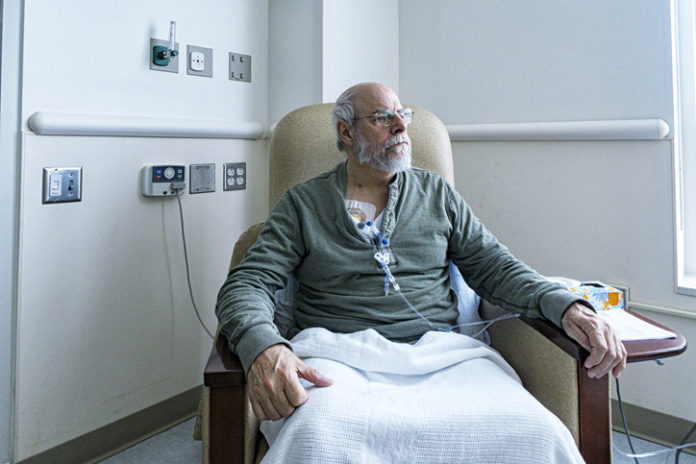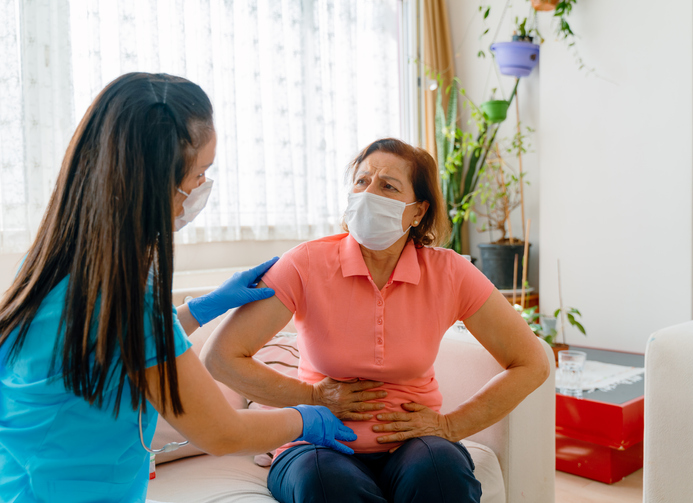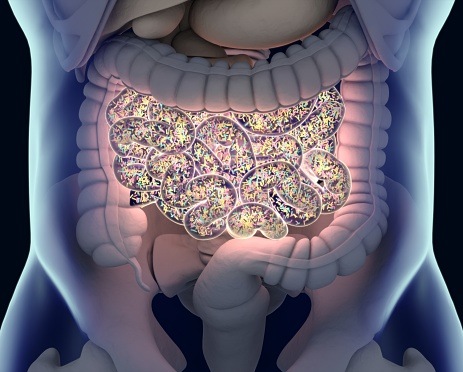After studies observed that Qingre-Chushi therapies (QC) could improve clinical symptoms in patients with active ulcerative colitis (UC), researchers performed an analysis of relevant trials to evaluate QC’s overall efficacy and safety. Their findings, published in PLoS One, confirmed the strength of QC as a treatment for active UC. Additionally, lead study author Ling Zhang, PhD, proposed that “the combination of oral medications with topical can achieve more benefits,” in treatment regimens for patients with UC.
Nine separate treatments from a total of 21 randomized controlled trials with 1,829 participants were assessed using the Cochrane Handbook and the GRADE system: oral mesalazine, mesalazine enema, mesalazine suppository, oral mesalazine + mesalazine enema, oral QC, oral QC + oral mesalazine, QC enema, oral QC + QC enema, and oral mesalazine + QC enema. Random-effects models were used to calculate pooled risk ratios and standard mean differences between outcomes. Treatments were also ranked according to their surface under the cumulative ranking curve (SUCRA) scores, with larger scores indicating more effective treatments.
According to the SUCRA plot: Oral QC + oral mesalazine was the most effective treatment for producing a clinical response, oral QC + QC enema was the most effective for improving Mayo scores and reducing abdominal pain, oral mesalazine + mesalazine enema was the best therapy for endoscopic improvement and reduced diarrhea outcomes, and QC enema + oral mesalazine was the best option for prevention of bloody stool.
The study was, however, limited in that all reviewed articles were conducted in China, making the generalizability of findings uncertain. Many of the included trials also lacked long-term follow-up, so the long-term safety and efficacy of QC still needs investigating.
The researchers summarized that QC plus mesalazine was more effective than mesalazine alone in inducing clinical response, improving Mayo scores, and alleviating clinical symptoms, with the added observation that an oral + topical combination appeared to be the most effective. However, they accepted that more high-quality, multicenter trials are needed to validate their findings.
Source: PLoS One









